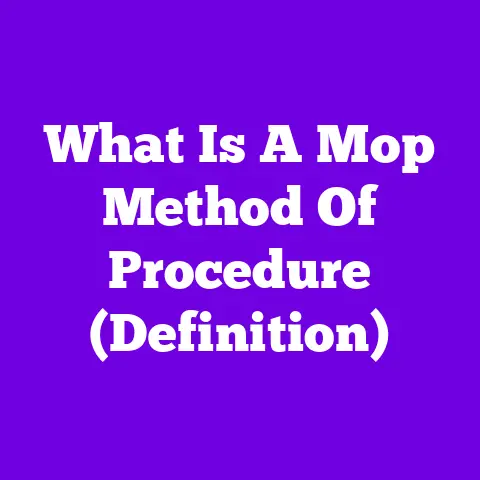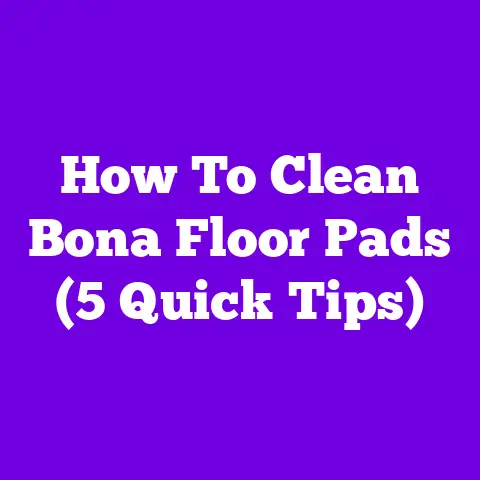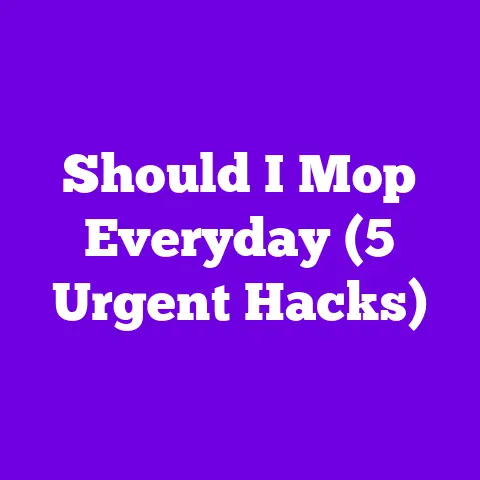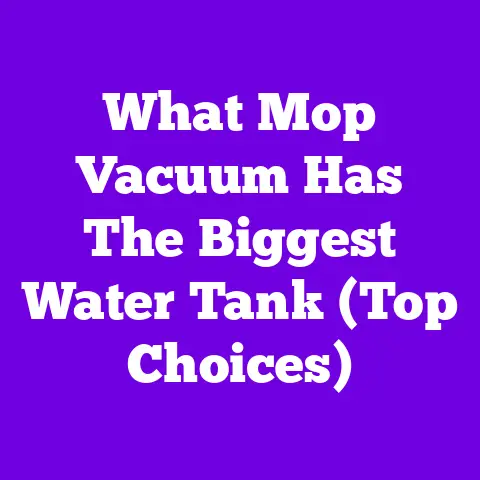Hard Floor Cleaning (Explained)
Hard floors like wood, tile, vinyl, and stone require a different cleaning approach than carpets. Keeping them looking their best not only improves aesthetics but also extends their lifespan. However, ineffective cleaning can lead to a buildup of dirt, grime, and bacteria over time.
Choosing the Right Mop
String Mops vs Microfiber Mops
When mopping hard floors, the type of mop you use makes a big difference in cleaning performance. Here we compare the pros and cons of the two most common options:
String Mops
- Pros: Inexpensive, good for applying cleaning solutions
- Cons: Can spread around dirt if too wet, fibers fray over time
Microfiber Mops
- Pros: Attract and trap dirt, reusable pads are washable
- Cons: Pads need frequent laundering, less solution absorption
For hard floors, microfiber mops are generally the better choice as they pick up and hold more dirt and debris rather than pushing it around. The ultra-fine fibers have a positive static charge that attracts and holds dust and dirt particles.
Other Mop Considerations
- Mop pad size: Choose based on floor area – larger pads for bigger spaces
- Handle length: Longer for less bending, adjustable for storage
- Scrub brushes: For stuck-on messes on tile and grout
- Steam mops: Sanitize floors without chemicals
- Flat mops: Easy storage under appliances, good for tight spaces
- Self-wringing mechanism: Removes excess liquid so floors dry faster
No single mop is perfect for every job. Consider your needs and budget to find the right match.
Cleaning Solutions
Using the proper cleaning solution for your floor type is vital for safety and avoiding damage.
Water
For many floors, plain water is all you need for routine mopping. Warm water can cut through oil and greme more effectively.
Gentle Cleaners
Floors with a protective finish can handle gentle cleaners like:
- Diluted vinegar – cuts grease, removes buildup
- pH-neutral cleaners – won’t dull finish
- Baby shampoo – cuts through oils without residue
- Vegetable-based (citrus) soap
Check manufacturer guidelines before using cleaners.
Disinfectants
To sanitize floors, use an EPA-registered disinfectant or cleaner with quaternary ammonium (quats), hydrogen peroxide, or bleach.
Caution: Many floors can experience discoloration, etching, pitting, and finish loss from harsh cleaners. Always spot test in an inconspicuous area first.
Mopping Technique
Proper mopping technique is vital for cleaning floors without damaging them:
Prepare the Floor
- Sweep or vacuum to remove loose debris first
- Remove furniture and rugs
Mix Cleaner (If Using)
- Use proper dilution rate for safety and effectiveness
- Hot water can improve cleaning power
Damp Mopping
The key is controlling moisture levels:
- Dip mop in solution, wring thoroughly until no longer dripping
- Work in sections, mopping in overlapping “figure 8” strokes
- Rinse mop pad frequently to prevent redepositing dirt
- Allow floor to fully dry between sections and coats
Caution: Over-wetting certain floors can warp wood planks, discolor surfaces, and void warranties.
Scrubbing
For stuck-on messes:
- Allow cleaner to dwell for 2-3 minutes
- Gently scrub with a soft brush, microfiber pad, or scrubbing strip
- Avoid abrasives that will scratch floors
Rinsing & Drying
- Use clean water for final rinse of cleaning solution
- Dry with fans pointed across (not directly on) the floor
- Replace furniture only when completely dry
Following these best practices keeps floors clean while preventing excess moisture and potential damage.
Maintaining Different Hard Floor Surfaces
Proper maintenance is crucial for both appearance and longevity of floors. Here are some floor-specific tips:
Wood Floors
Cleaning Approach
- Sweep/vacuum frequently
- Damp mop with hardwood cleaner
- For scratches – furniture polish or touch up markers
- Avoid wet mopping, oil soap, vinegar, ammonia
Protection
- Place mats at entrances, under furniture
- Use felt pads under furniture legs
- Maintain relative humidity 35-55% year-round
- Recoat every 3-5 years
Tile & Stone
Cleaning Approach
- Sweep then damp mop
- For grout – let cleaner sit before scrubbing
- Hard water deposit removers for mineral buildup
- Re-seal grout every 1-2 years
Protection
- Seal stone annually to prevent staining
- Place walk-off mats at entrances
- Don’t let spills sit – wipe immediately
Luxury Vinyl Planks (LVP)
Cleaning Approach
- Sweep/vacuum frequently
- Damp mop with pH-neutral cleaner
- Avoid bleach, ammonia, abrasives
Protection
- Furniture leg protectors
- Don’t roll heavy objects directly across floor
- Place mats under office chairs to prevent scuffing
Linoleum
Cleaning Approach
- Sweep, then damp mop
- For scuffs – rub with toothpaste, rinse
- Wax 2-3 times per year
Protection
- Avoid placing rubber-backed mats directly on floor
- Don’t let spills sit
- Replace worn protective finish
Tailoring maintenance to your specific floor materials keeps them looking like new for longer.
Common Hard Floor Cleaning FAQs
Still have questions about keeping hard floors sparkling? Here are answers to some frequently asked questions:
How often should you mop hard floors?
- Light traffic floors: Twice per month
- Heavy traffic floors: Weekly
- Entryways/kitchens: 2-3 times per week
What’s the best way to clean unfinished wood floors?
Use a hardwood floor cleaner formulated for unfinished wood. Avoid oil soap, vinegar, water, and other liquids that can penetrate and damage the raw wood.
Why does my tile floor look hazy/filmy after mopping?
Residue left behind from cleaners and minerals in water can leave a film. Rinse thoroughly with clean water and allow to dry completely. Consider using a tile restorer to deep clean periodically.
How can I get scuff marks off my vinyl flooring?
Rub the scuff gently with a magic eraser or toothpaste. Rinse thoroughly – avoid scrubbing too hard. For tough scuffs, use a vinyl floor repair pen.
What are the white streaks forming on my slate tile?
Most likely efflorescence – mineral deposits left when moisture evaporates. Use an efflorescence remover and re-seal slate to prevent this.
My wood floors are starting to look dull – what should I do?
It’s time to recoat! Lightly sand floors first, then apply 2-3 thin coats of new polyurethane, allowing proper drying time between coats.
In Closing
Caring for hard floors isn’t difficult, but using improper techniques and products can lead to permanent damage over time. Understanding flooring characteristics and following these best practices will keep surfaces shining for years.
What tips do you have for keeping hard floors looking their best? Any questions we didn’t cover? Let us know in the comments!






